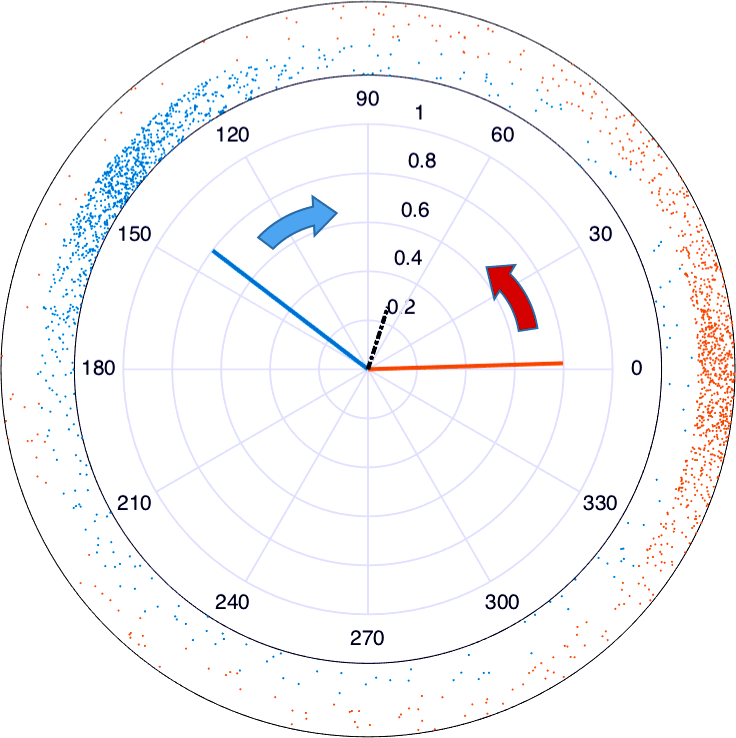Network-Network Interactions
Analysis of cross-band synchronizability of complex, functional networks accompanying different oscillatory regimes. Comparison of interaction between distinct frequency bands on the level of local units and of entire populations.
Project Parameters
Start Date: Jan, 2016
Duration: 4 Years
Funding: EU-H2020
Bifurcations in neural networks
Can one interpret transitions between frequency bands in neural populations as period- or frequency-doubling bifurcations or should they be viewed as discrete switches between two different oscillations? Answering this question may shed light on dynamic correlations between oscillatory activity in the human brain.
Classifying bifurcation routes can constrain symmetries and types of interactions between neurons and/or neuronal ensembles and thereby confine yet generic models.
HOW TOPOLOGICAL CHARACTERISTICS TRANSFER BETWEEN COMPLEX NETWORKS
Oscillatory activity can synchronize distant neural ensembles and by this transfer information. The spatial organization of non-local synchronization typically yields complex, so-called small-world or scale-free networks on a functional level. The sparseness of such networks improves their synchronizability and, hence, affects the accompanying information transfer.
Research Partners
Related Research Themes & Projects

COSMOS
Complex Oscillatory Systems: Modeling and Analysis. In this EU-funded Marie Skłodowska Curie ITN, 15 ESRs are being trained in nonlinear dynamics, numerical methods, statistical mechanics and, where needed, basics of neuroscience, physiology, and system biology.
Like What You See?

